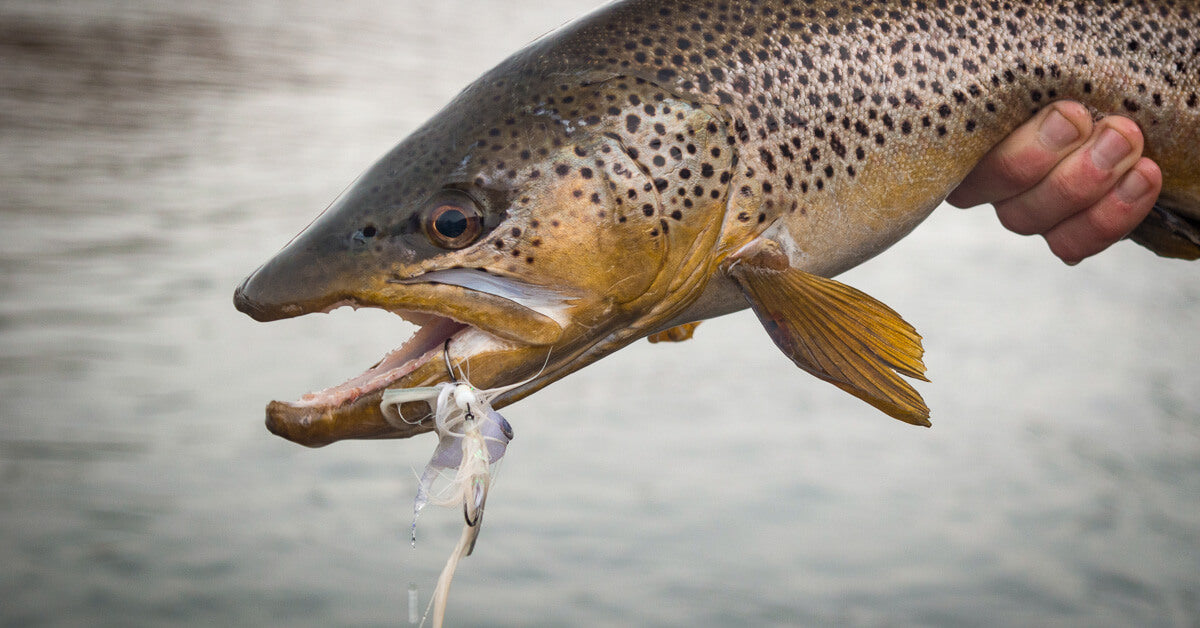
Fly Fishing with Streamer – Part I: Rigging
Streamers - for most fly fishers they either love them or are intimidated and frustrated by them! These big flies imitate baitfish, leeches, crayfish, or minnows and specialize in catching the biggest, baddest meat-eaters in the river! More technical than your standard dry fly or nymph pattern, to fish streamers to their greatest effect you’ll need to learn how to rig and fish them properly. The goal of this multi-part series on streamers is the equip you with the know-how to fish your fly box’s biggest bugs like a pro! Let’s start with the gear you will need and how to rig your streamers.
Rods
Due to the weight and wind resistance of these large fly patterns, streamers are best fished with fly rods varying in weight from a 5-7 weight for most trout patterns, 6-9 weights for bass and northern pike patterns, and 7-12 weight when you are chasing saltwater species. The benefit of the heavier weight rods is their stiffer graphite will cast these big patterns with energy-saving ease while giving you greater control and range. Heavy rods excel at casting these heavy flies!
While there are streamer specific fly lines, using your standard weight forward floating line, a sinking line or a sinking tip line can all be effective when getting started with streamers. More important than the type of fly line you are starting out with is the length and weight of the leader or tippet you use. When fishing streamers it is important to go short and heavy. Instead of throwing away your tired and worn tapered leaders, you can cut them down to 4’ – 5’ before tying them directly into your streamer. If you don’t have a leader to cut down, a 4’ – 5’ length of 0x-2x tippet will get the job done. Using short, heavy lengths of tippet or leader will give you a quicker hookset while reducing the number of lost fish and flies.
Knots
While the clinch knot is sufficient for your dry flies and nymph, you’ll need to up your game if you want to get the maximum action and movement out of your streamers. Our preferred knot when tying on a streamer is the Non-Slip Loop Knot. As opposed to cinching your line tightly to the eye of the hook-like with a clinch knot, the Non-Slip Loop Knot allows for free articulation and movement at the eye of the hook.

Steps for tying a Non-Slip Loop Knot:
- Start by making an overhand knot in your leader/tippet approximately 5-6” from the end. Pass the tag end through the hook eye and back through the loop of the overhand knot.
- Wrap the tag end around the length of line 4 or 5 times before bringing the tag end back through overhand knot, entering from the same side it exited from before.
- Wet the knot before slowly pulling the tag end to loosely stack the wraps of the knot together. Then pull the loop and the standing line in opposite directions to firmly seat the knot.
- Trim the tag end close to the knot.
Rods, line, and rigging are just the beginning! Return next week as we delve into how to fish streamers! (Rome wasn’t built in a day and neither is learning to fish with streamers so hang with us!)



